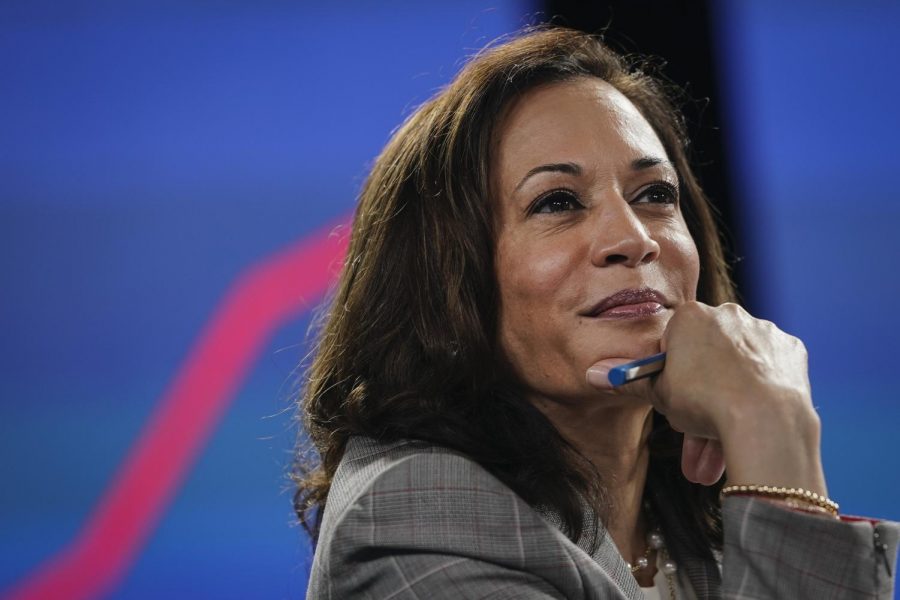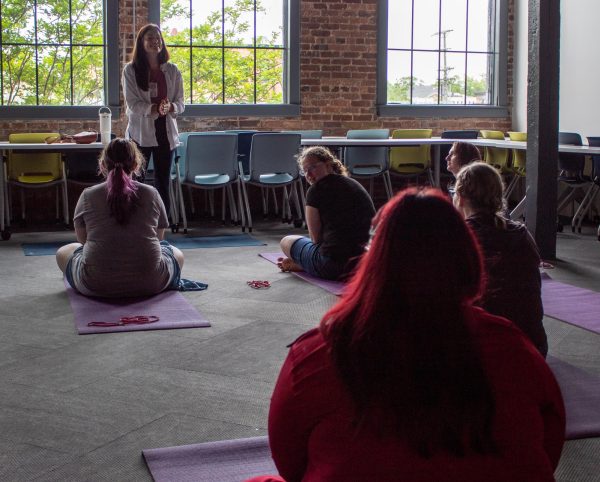Vice President Kamala Harris: The first of many
January 29, 2021
This year, gender and racial barriers have been broken.
History was made when Kamala Harris, an American politician and attorney, became the first female, Black and South Asian American to be the Vice President of the United States.
Harris was sworn in as vice president on Jan. 20, taking her oath with two Bibles. One belonged to a family friend and the other, to the late Justice Thurgood Marshall, who was the first Black member of the Supreme Court.
However, this would not have been the first time racial barriers have been shattered.
Barack Obama made an unprecedented impact in history on Nov. 4, 2008 when he defeated Senator John McCain of Arizona and was elected the 44th President of the United States, becoming America’s first black president.
Since the beginning of President Joe Biden’s candidacy, Obama has been in constant support of him, using his political platform to encourage people to vote for his former vice president. After President Biden announced his pick for vice president, Obama tweeted, “Choosing a vice president is the first important decision a president makes. Joe nailed his decision.”
The first Black president was seen fist-bumping the first black, female vice president at her inaugural ceremony, congratulating her on her historic win. Many believe that this signified a change of times and a change of normalcy.
Although black women have never been in office until now, this did not stop them from pushing to be in positions of authority. In 1972, Shirley Chisholm, a congresswoman of New York, became the first black woman to run for president on a major party ticket. Twenty years earlier, Charlotta Bass, a newspaper publisher and editor from California, became the first vice presidential nominee on the Progressive Party’s ticket.
If one were to look back, they would notice a pattern in the nation’s vice presidents, in their race and their gender. Whereas many would have assumed that the gender stereotype of women being unfit to lead would have disintegrated years ago, it was not until Harris got to office that this all changed.
Harris is known for many firsts.
In addition to being the first woman of color to be vice president, she has been the first woman, first black and first South Asian-American to be elected the district attorney for San Francisco and to represent California in the U.S. Senate.
Harris’s upbringing makes her position in office so much more heartening. For most of her childhood, she grew up in a predominantly black neighborhood with two immigrant parents.
It is because of Harris’s ability to overcome adversity and her accomplishments that she has inspired others across the world. Many people see Harris as hope for both women and people of color in future positions of power. Young women look up to her as a role model, while the older look to her as an ally.
How could they not?
Is this not what women were fighting for during the Women’s Suffrage Movement – equal rights and opportunities? And, the civil rights movement, weren’t African Americans fighting for racial equity?
While the nation still has a long way to go, Harris acknowledges that her power in office is only the beginning, a step in the right direction.
“While I may be the first woman in office, I will not be the last,” Harris said in her first speech as vice president-elect.
Now that Harris holds the second most influential voice in rooms, she has the opportunity to push the country closer to justice and equality for marginalized communities. She also has the chance to speak with President Biden, serving as a constant reminder to not neglect the people of color who helped elect him.
Moments after taking her oath at the inauguration, Harris and Biden immediately get to work, hoping to undo the stain former president Donald Trump left on the nation.












